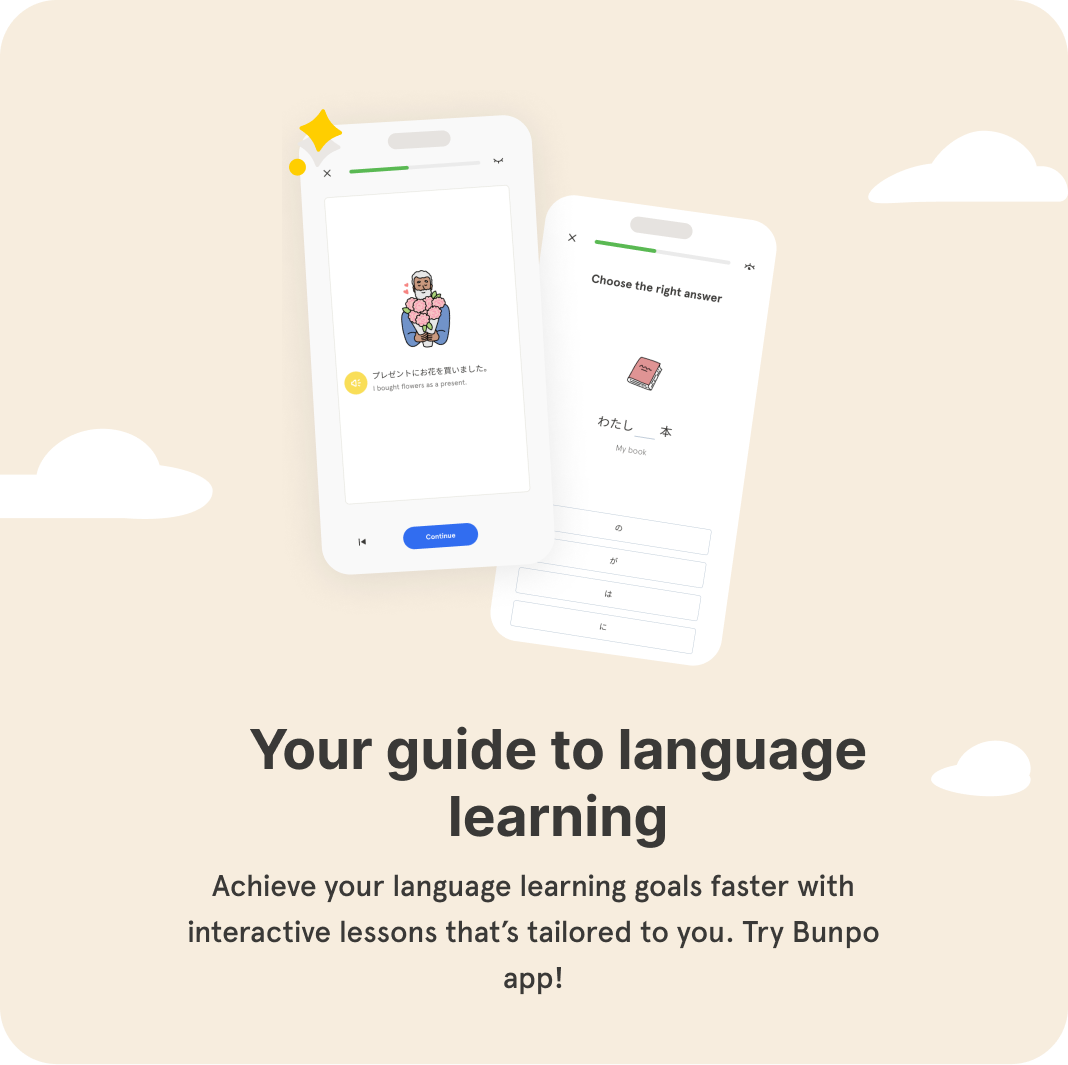
A practical, test-focused plan to prepare for TOPIK on your own—structure, strategy, writing, timing, and resources.
Studying for the Test of Proficiency in Korean (TOPIK) on your own can feel like climbing a mountain. No classroom, no tutor—just you, your textbooks, and your motivation. But here’s the good news: plenty of learners have succeeded through self-study, and so can you.
This guide breaks down exactly what you need to do to ace the TOPIK as an independent learner—no fluff, just proven strategies.
What is TOPIK, and Why Should You Care?
TOPIK is the official Korean language test administered by the Korean government. It comes in two versions:
- TOPIK I (Beginner): Levels 1–2
- TOPIK II (Intermediate–Advanced): Levels 3–6
It’s often required if you’re applying for a job or university in Korea, and it’s also a great way to measure your progress—beyond simply saying “I watched Reply 1988 without subtitles.”
1. Get Familiar with the Test
Before you even open a textbook, you should know the test structure:
TOPIK I
- Reading: 60 minutes
- Listening: 40 minutes
- Total: 100 minutes
TOPIK II
- Listening: 60 minutes
- Writing: 50 minutes
- Reading: 70 minutes
- Total: 180 minutes
Tip: Download and practice past test papers from the official TOPIK website. Familiarity builds confidence.
2. Make a Smart Study Plan
[Goal] Don’t just “study Korean”—study for the test.
Set Your Level Goal
- Need a student visa? Aim for Level 3 or higher.
- Want to work in Korea? Most jobs expect Level 4–5.
Break It Into Phases
[Focus] Target the skills the exam measures.
Phase 1: Core Grammar & Vocabulary
- Textbooks: TOPIK Essential Grammar 150, Korean Grammar in Use
- Apps: Memrise, Anki, or the TOPIK One app
Phase 2: Skill Drills
- Reading: News articles, Easy Korean News
- Listening: TOPIK MP3s, KBS News with subtitles
Phase 3: Mock Tests & Review
- Take timed tests at least twice a week.
- Analyze your mistakes carefully—this is where real progress happens.
3. Master the Writing Section (TOPIK II)
Many self-learners stumble here. Don’t be one of them.
Structure Matters
- Question 51: Short fill-in-the-blank response
- Question 52: Structured opinion essay (~200–300 words)
How to Ace It
- Memorize set phrases for introductions and conclusions.
- Use grammar patterns that show range (e.g.,
~기 때문에,~ㄹ 수 있다). - Practice under time limits and get feedback on forums like r/Korean or HiNative.
4. Sharpen Your Time Management
Even with solid Korean skills, poor time management can sink your score. Train under real test conditions:
- No pausing the audio
- No checking answers mid-test
- No distractions
Practice like it’s the real thing.
5. Don’t Just Study—Simulate
Studying gives you knowledge, but simulation gives you practice.
- Take full practice tests at least once a week in the month before the exam.
- Track your scores and weak spots.
- Adjust your study plan based on real data, not guesswork.
6. Stay Consistent, Not Perfect
- 30 minutes every day beats 3 hours once a week.
- Small, steady progress compounds over time.
Final Thoughts
Self-studying for the TOPIK isn’t easy, but it’s absolutely achievable. With the right approach, materials, and mindset, you can pass—and even score higher than you expect.
Don’t say “one day I’ll be fluent.” Think of this as fluency with a deadline.



